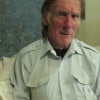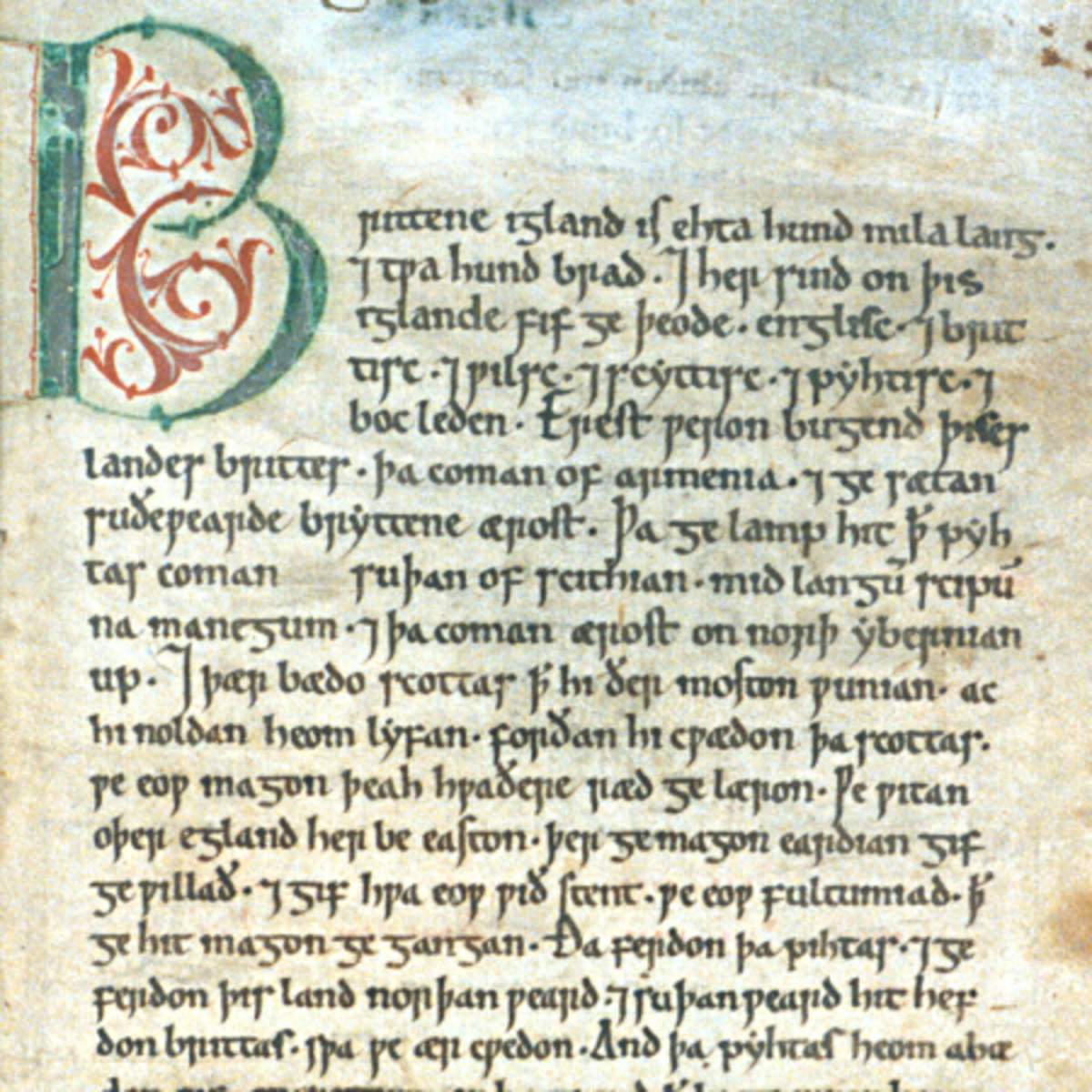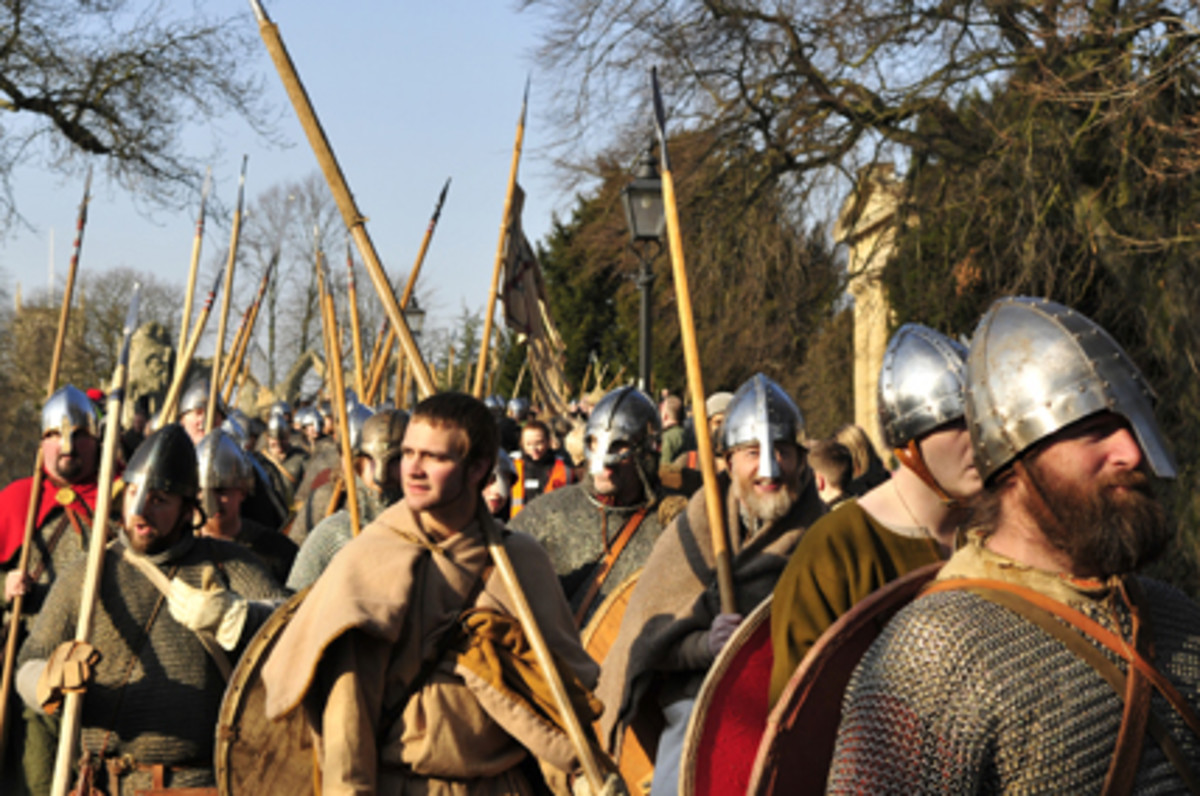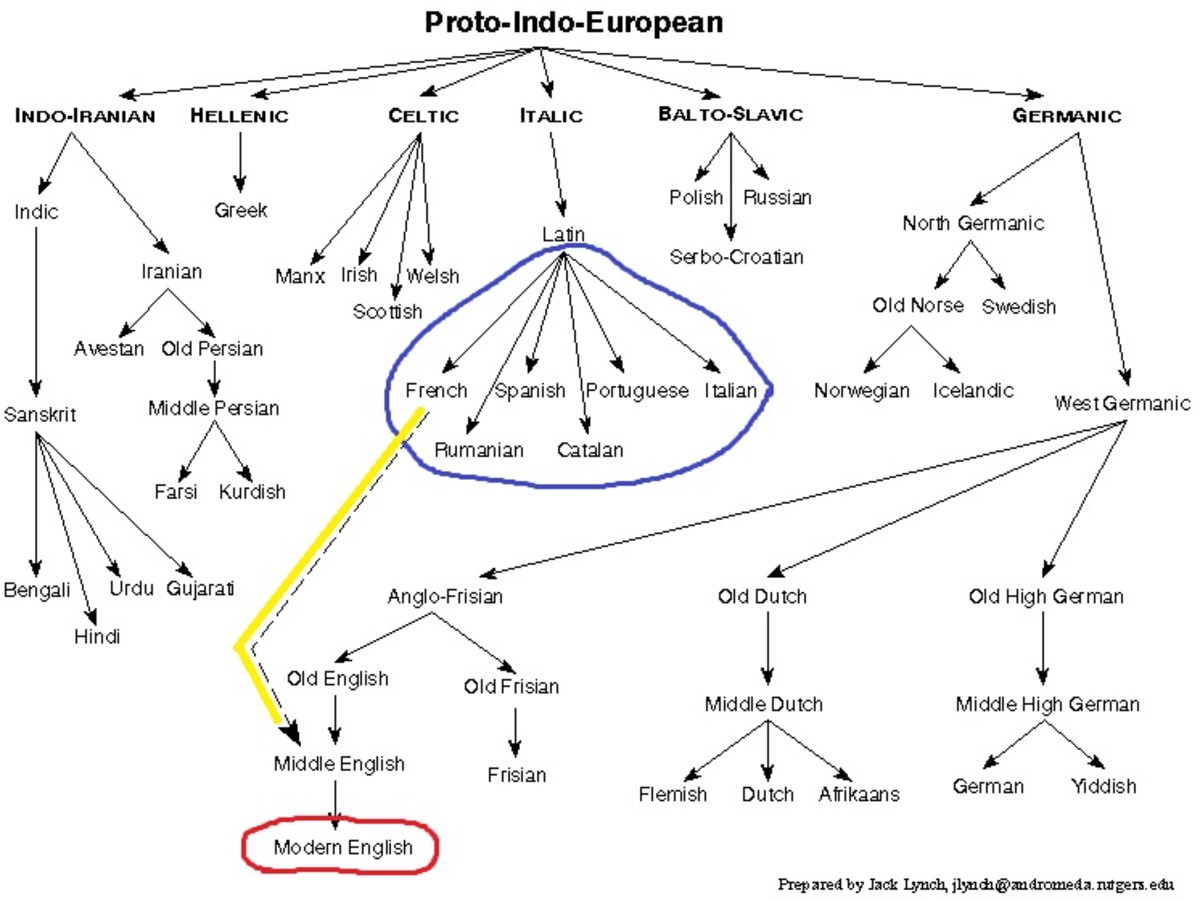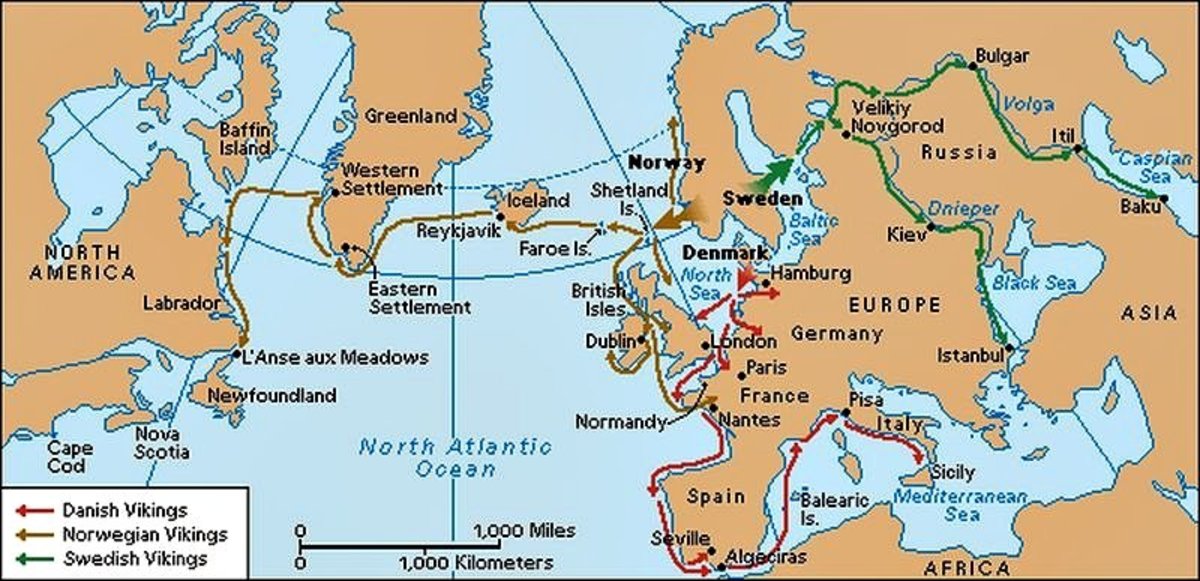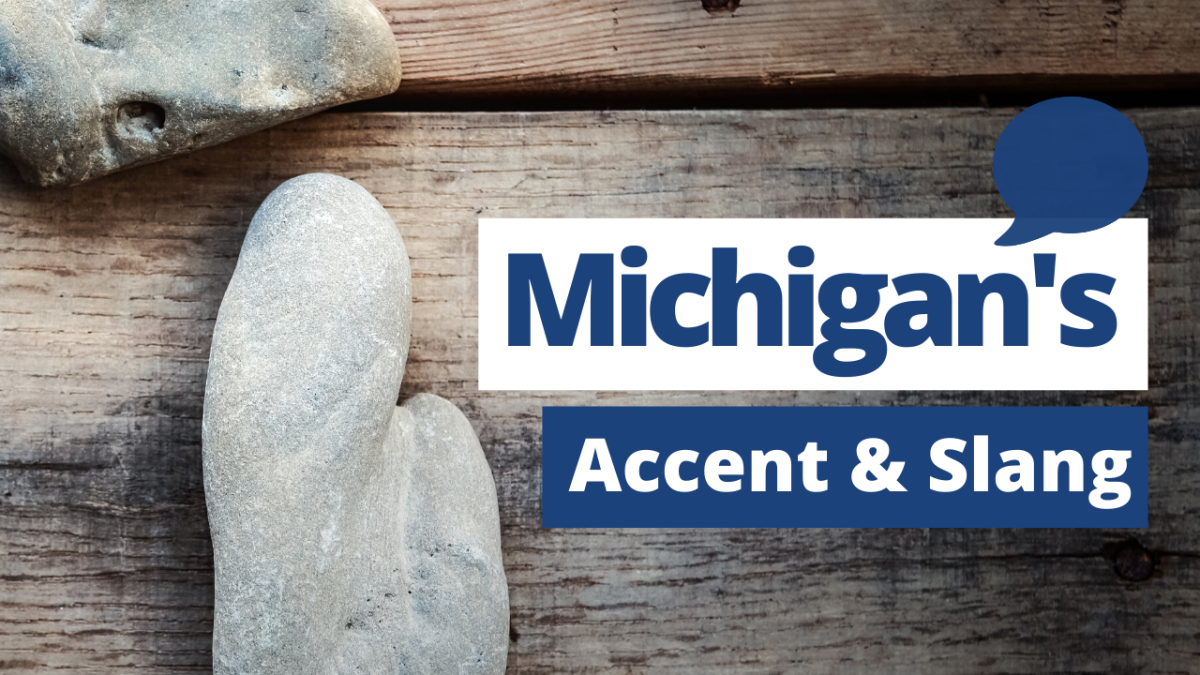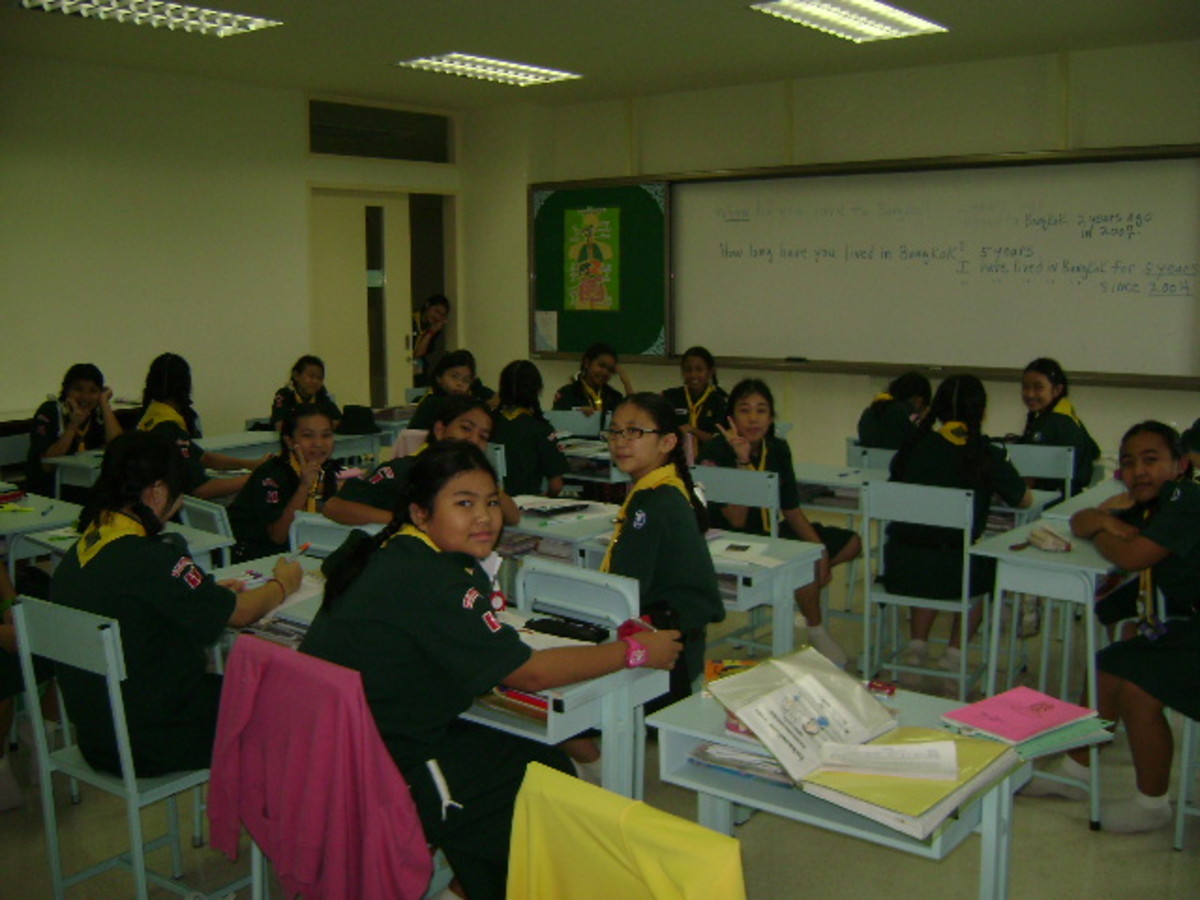Heritage - 2: Earliest English, Closer to Old Norse or Low Saxon?
Carried on the waves, they came in waves to lay bare the coffers on Lindisfarne - three ships' crews had set out from the fjords
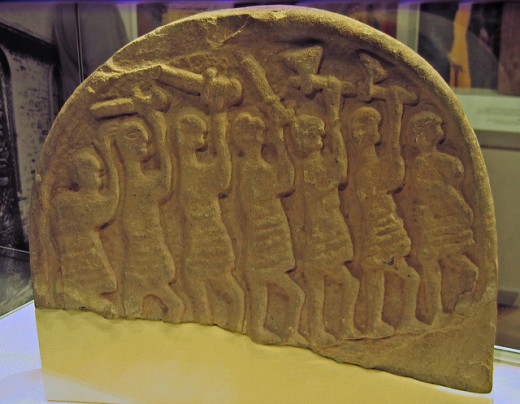
If English had been spoken in Roman times, how do you think it would have sounded?
Put another way, how would it have been written? Which mainland tongues might have been like it? Many linguists would not even bother to answer this, as the orthodox approach does not view 'English' as being native to Britain. It is seen as a direct heir to a continental Germanic culture. 'Anglo-Saxon', whatever that might be, is thought to have been shoe-horned onto the British cultural landscape when the next invaders came after the Romans left in AD 410.
English is seen by the 'experts' as a Western Germanic introduction, linked in the Low Germanic field with Flemish, Frisian and Nederlandse (Dutch), as opposed to the Old Norse tongues such as East Norse, spoken by the Danes and Swedes, and West Norse - spoken by Icelanders, Hebrideans, Faeroese, Orkneymen, Shetlanders and Norwegians. There are also the Old Norse tongues spoken by the Goths, Teutons, Vandals and Burgundians, their speakers having gone into history, absorbed or been absorbed by Latin Mediterranean cultures (Visigoths in Spain, Lombards or Langobards and Ostrogoths in Italy, Burgundians in France and Vandals in Roman North Africa).
The western Germanic language group became split around a thousand years ago or maybe slightly earlier. A new language group known as High German came about, with 'mainstream' Germans, Austrians and Swiss following the new route. The change emerged in the ancestor group of Old High German, vowel shifts introduced to distinguish it from its Low German cousin used in the Low Countries and coastal North-west Germany in Lower Saxony as well as Schleswig-Holstein (Angeln) before the Prussians invaded in 1864 to intervene in a succession dispute amongst the Danes.
The coastal features have been used to describe the population between Gaul and Denmark. The North Sea Germanic group has divers branches. Low German, or 'Platt-Deutsch' is spoken colloquially between Frisia in the Netherlands to Holstein in Germany. Equally no-one speaks the original Frankish tongue any more, but it was spoken before the Latinisation of the language in what is now northern France, Belgium and north-western Germany (heard of Franconia?). The Belgae, a Celtic tribe who gave Caesar so much trouble during his time in northern Gaul, were classified by Hans Kuhn as 'the folk between Celts and Germans'.
Frisian is the one coastal tongue most closely related to what was spoken by the migrant Saxons. Some think it should be Low Saxon - upper Saxon being hundreds of miles to the east - but this group is intermingled anyway. King Aelfred would have had no trouble understanding someone from, say, Utrecht or Bremen, in the same way as Bede would have understood someone from Flensburg or anywhere around Slesvig/Schleswig.
Old English is more similar to Old Norse as spoken in Jutland or Denmark, being derived more from the Anglian dialects of East Anglia and Eastern England after 1066. There had been vowel shifts in the spoken tongues of the Aengle and Frisians that separated the two some time after the Germanic invasions (perhaps a couple of centuries, no more), and by the time texts were set down another vowel change had been effected. There were differences between the Angles', the Jutes' and Saxons' spoken idiom that reflected in texts such as the Saxon Chronicles down the years. As already mentioned, after 1066 the 'Burh' (Peterborough) entries were written independently of those further south, like 'Cantuareburh' being written in some entries, and 'Cantuarebyrig' (Canterbury) in others. In the west Wintunceaster (Winchester) and Wigorceaster (Worcester) had long since ceased functioning as Chronicle contributors as Wessex and Mercia had been 'chopped up' by the Normans. Peterborough's entries continued until AD 1154, long after the reign of Henry I and the time of the 'Anarchy' (Matilda vs Stephen of Blois in mid-12th Century) to Stephen's death. Until 1066 the 'official' dialect was that of Wessex, after that English was in 'free-fall'. The 'official' language or dialect of Wessex was only ever a written form. No-one really paid much heed to it or spoke anything resembling it aside from court procedure by the king, the Witan or the Church. Norman French was used for officialdom after 1066, only the lower orders spoke English all the time. To communicate with their servants and other underlings the Norman, Breton and Frankish lords and ladies had to use the English of the shire they lived in. In the old Danelaw shires English became increasingly more Norse orientated, i.e., the tongue spoken in Eastern England and East Anglia, which was an 'amalgam' of Aenglish and Old Danish Norse. That form came down to us through Henry IV's establishment of King's College, Cambridge, known to us as 'King's English'. In other words the upper classes speak a form of English understandable in Denmark, with similar vowel inflections only different in the written form.
The vocabulary of Old English and its Continental cousins, more than structural ancestry, is the greatest difference. Old Frisian has much more in common in its vocabulary with Old High German than with Old English. Our tongue diverges sharply from its German 'cousins'. Aside from the French input, the basic 'nuts and bolts' English seems to have little in common with that spoken in the Low Countries and North-west Germany. Whilst structured similarly to Old Frisian, East Norse floats to the surface chiefly in Eastern and Northern England, i.e., the old Danelaw shires and Yorkshire, less so in Lancashire and Northumberland. There is some cross-fertilisation in County Durham from the Tees northward and along the coast. Coastal communities like Whitby and Scarborough in Yorkshire again are slightly different, as their 'ethnic' makeup is West Norse.
In the south the Kentish Jutes spoke a tongue similar to their Anglian neighbours (reversed in England, i.e., Jutes in the south, Angles north), and the Angles' other neighbours, the Danes' vocabulary was similar to their own. When the Danes came over from the time of Aelfred there was a greater gulf of understanding between the Saxons and the Angles. Colloquially the tongues were moons apart, but the 'official' Wessex dialect was little nearer. Over the centuries some sort of cultural 'knitting' took place between Wessex and Mercia after Eastern Mercia was absorbed into the Danelaw, and the Angles of Bernicia were out on their own with only the Scots to cement alliances with. As I have hinted at in my Hub about the Vikings in Scotland, the Northumbrian Angles stretched out their claws into the central region of what we now call 'Scotland', and 'Aenglish' was spoken as far as Dumfries. The Angles of Deira, absorbed into the Viking kingdom of Jorvik absorbed Danish, and later also West Norse culture (under Eirik 'Blood-axe' Haraldsson). Its institutions were 'Danicised' as can be seen from an older map of Yorkshire with its 'Wapentakes' and 'Ridings' like Lincolnshire further south. Each of the Yorkshire ridings was further divided into shires after the Conquest, but the Wapentakes were reintroduced a long time after Norman rule was replaced by Angevin, then later Plantagenet rule. During Edward III's reign a merger or 'marrige' of Old English and Norman French came about with Chaucer's 'Canterbury Tales', and Middle English came into its own. Another shift changed English in Tudor times and again after the American Revolution. Standardisation of spelling brought not only the recognisable 'King's English' (after a Cambridge college, not the monarch, although it was a monarch who founded the college. King's English was effectively an Eastern Counties dialect adopted by the powers-that-be as their 'lingua franca' (language of common use), believe it or not a Danelaw dialect!.
To make a proper comparison between Old English and Old East Norse would take more room than I have on this Hub-page, and I have pointed out a few in my piece 'What is England... or even English...', like 'frihold' and 'freehold', 'husmand' and 'husband', and reflected in place names like 'Grimsby', 'Swinithwaite' or 'Husthwaite', 'Lowestoft', 'Thrintoft', and 'Westerdale' or 'Goathland' (try: Gotaland, formerly Danish and now Swedish).
Early years
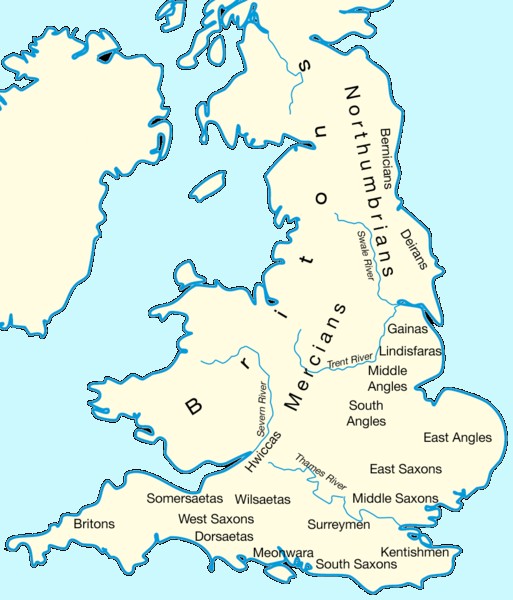
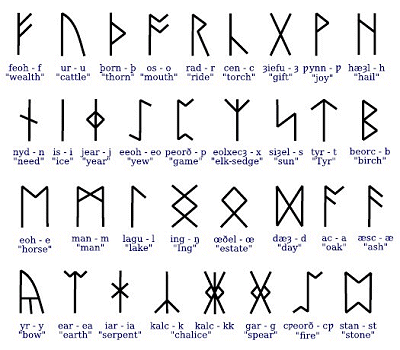
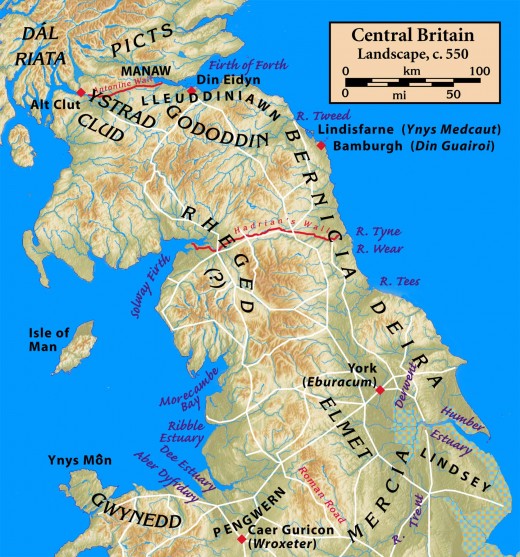
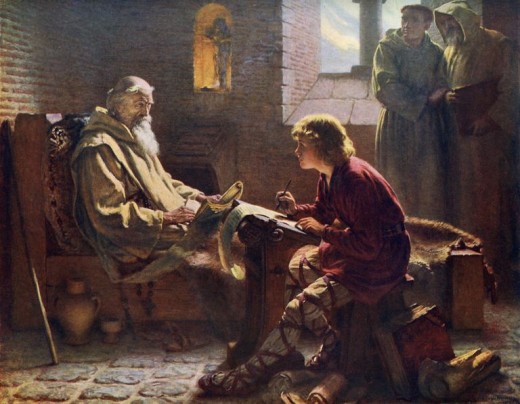
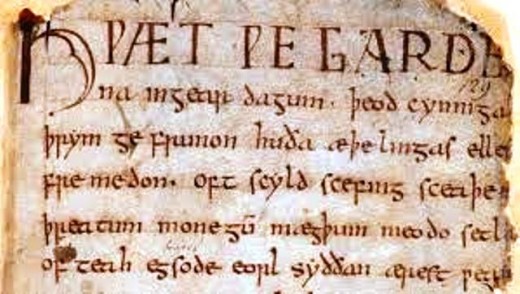
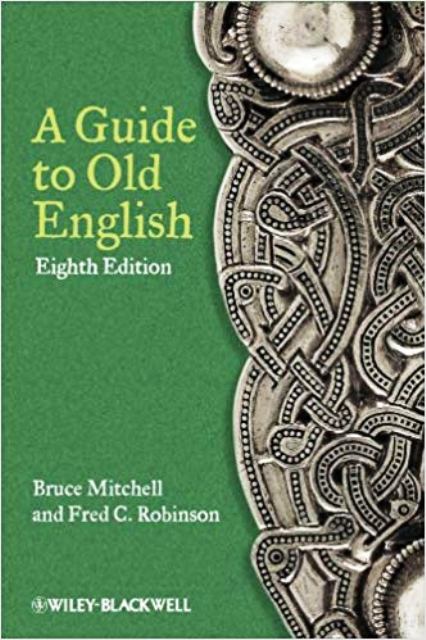
Let Bruce Robinson and Fred Mitchell be your guides to Old English. The grammar and pronunciation might look forbidding but there are still similarities with modern English, it's just the way it was written that seems strange. Take a walk through time and get to understand how our forefathers might have spoken and thought
This land we live in,won from the sea whence our forefathers came ...
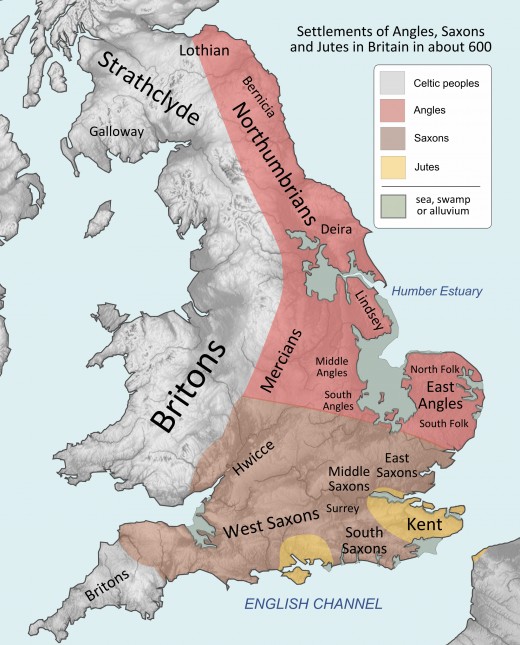
If you ever go to the Flemish-speaking part of Belgium or the Netherlands, North Germany - or further north to Jutland
Travel north along the coast of Continental Europe from Ostend you notice the difference in the way Flemish, then Nederlandse (Dutch), North German and Jutland Danish is spoken. You'd only notice the marked difference if you went straight from Ostend to Aarhus, but on the ground the speech is 'graded' amongst the local population in the same way as travelling north in England between, say London and Berwick-upon-Tweed, or Exeter and Carlisle, likewise in any country.
You have regional differences within language groups as you have differences within the same language. Between Jylland and Sjaelland (Jutland and Sjaelland) in Denmark there are differences in the way Danish is spoken, although the distance covered is more over water than land and a lot less than between London and Berwick-upon-Tweed. There are differences between the Scandinavian languages on paper, but again 'graded' on the ground as you cross between Denmark and Sweden, Sweden to Norway. Icelandic and Faeroese is closer to Old Norse and markedly different to Norwegian, although in the early days of migration they would have spoken the same language..
)Peterborough Chronicle (E)
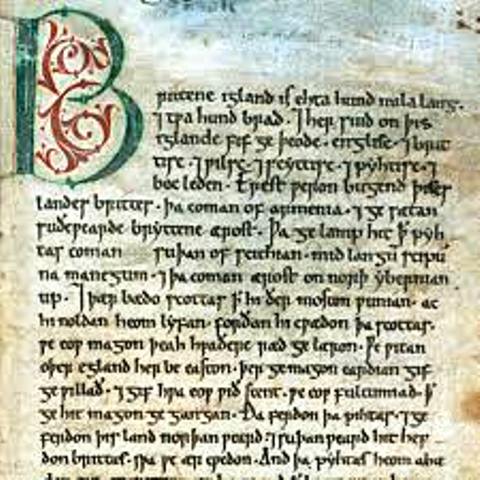
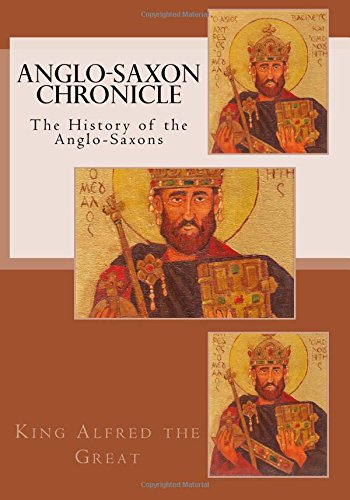
Read the different accounts from each part of what became Aengla Land (England) per year in modern English, then check against the reprinted original. As they go down through the decades there are notable changes. By the later 11th Century the only account still being written was the Peterborough Chronicle (E), and as it went on that was increasingly being written in the vernacular. East Anglian English was an amalgam of Old English and Danelaw Danish. Look through and see for yourself...
© 2012 Alan R Lancaster
